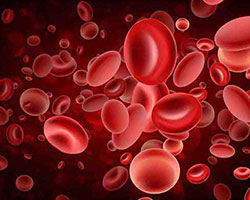Hypereosinophilic syndrome is a group of rare blood disorders which is characterized by increased number of eosinophils. These eosinophils make their way into various tissues, causing inflammation and eventually organ dysfunction. The most commonly involved organs in hypereosinophilic syndrome include heart, lung, skin and nervous system. The symptoms observed during hypereosinophilic syndrome are skin rashes, dizziness, memory loss or confusion, cough, fatigue, fever and mouth sores. Hypereosinophilic syndrome is treated by glucocorticosteroid medications such as prednisone and chemotherapeutic agents such as vincristine, chlorambucil and hydroxyurea. GlaxoSmithKline plc is in the process of developing mepolizumab, a monoclonal antibody, that inhibits the interleukin-5 for the treatment of hypereosinophilic syndrome.
-
The report provides a comprehensive understanding of the pipeline activities covering all drug candidates under various stages of development, with the detailed analysis of pipeline and clinical trials.
-
Pipeline analysis of drugs by phases includes product description and development activities including information about clinical results, designations, collaborations, licensing, grants, technology, and others.
